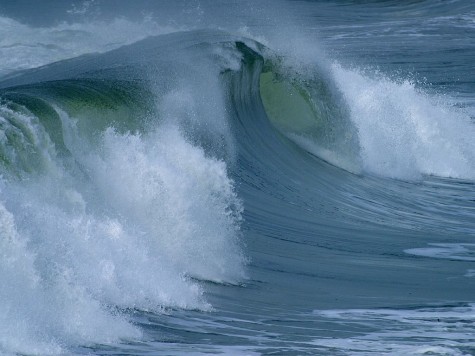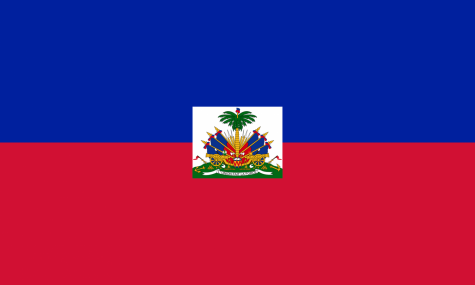The Science of Summer: Making Waves
The ocean is making waves just in time for summer.
The arrival of summer, for most, means a lot more time at the beach. Whatever your water activity, be it snorkeling, surfing, kiteboarding, paddle boarding or simply trying to enjoy a swim without getting your hair wet, waves are going to be there whether you want them to or not. It’s interesting thinking about where a wave starts, what determines its size, and if a butterfly beating its wings across the ocean means a tsunami is heading our way. The mechanisms for the formation and behavior of ocean waves are actually pretty simple and they might also help us figure out the meaning behind those “make waves” banners and signs we pass so often on campus. So, put on your floaties because here comes the break on waves!
When the sun heats the air on the uneven surface of the earth, certain portions heat up more quickly, causing that air to rise. This allows for cooler air to swoop in, fill the space, and create a lovely, cool breeze that is always welcome in South Florida. When this happens over the water, that cold air may brush against the surface of the water, creating a ripple. If the air continues blowing that ripple along, it will grow into a small wave and potentially keep getting bigger.
There are two main factors for a wave being formed and getting larger: the speed of the wind across the surface of the water and the distance of water over which the wind has blown, also called the fetch. The faster the wind is travelling and the further it travels pushing against the wave, the bigger it will be. Though most ocean waves are wind generated, there can be exceptions.
Dr. Brooks, a marine biologist at FAU, points to an event that occurred at Daytona Beach in 1992. Beachgoers were surprised by a rogue 18-foot wave that came out of nowhere and swept cars parked on shore, along with their drivers, into the water.
“It was most likely triggered by an underwater landslide or other seismic event. It was an otherwise calm day,” says Brooks.
These and other major wave types can appear suddenly due to shifts of the ocean floor, such as earthquake movements or underwater volcanoes.
Waves are mostly just kinetic energy. The movement of wind transfers energy into the water and the waves move that energy. It is not the water that is being moved, but energy. The kinetic energy moves through the water in a circular motion, not a forward motion, like round cylinders moving a strap of a conveyor belt. This is why a buoy out on the ocean measures wave size by rising up and down in a bobbing motion as opposed to getting caught in a wave and moving across the water.
Another way to imagine this is to make a mark in the middle of a jump rope and swing the rope up and down, causing kinetic energy to move in a wave-like pattern away from you towards the other end. You would see that the marked portion of the rope did not actually move.
These waves of kinetic energy will travel thousands of miles until they begin to hit obstacles near the coast. Once the waves come in contact with obstacles, like offshore continental shelves, the friction will gradually slow the wave, making it lose part of its intensity. By the time the waves reach the coast, the swell has lost much of its previous energy and intensity. It would be much more powerful if it didn’t come into contact with so many obstacles on its journey.
Once the wave hits a sand bank, a reef or shallow waters, the wave slows down further, causing the wavelength to shorten, the crest of the wave to grow, and the height of the wave to rise. As the bottom slows, the top of the wave keeps moving and finally breaks, giving us the image of a classic white edged curve just asking to be conquered by a surfer.
So the next time you are walking around campus and pass under a banner telling you to “make waves,” you could think of it as a message encouraging you to be a kinetic force — a force that may start out as just ripples in a vast ocean, but with persistence can grow; a force that keeps moving forward, crossing new lands, passing obstacles and, though they may slow you down, not letting anything stop you until you make it to your goal.
When you think of it like that, it’s a pretty good message to live by.







